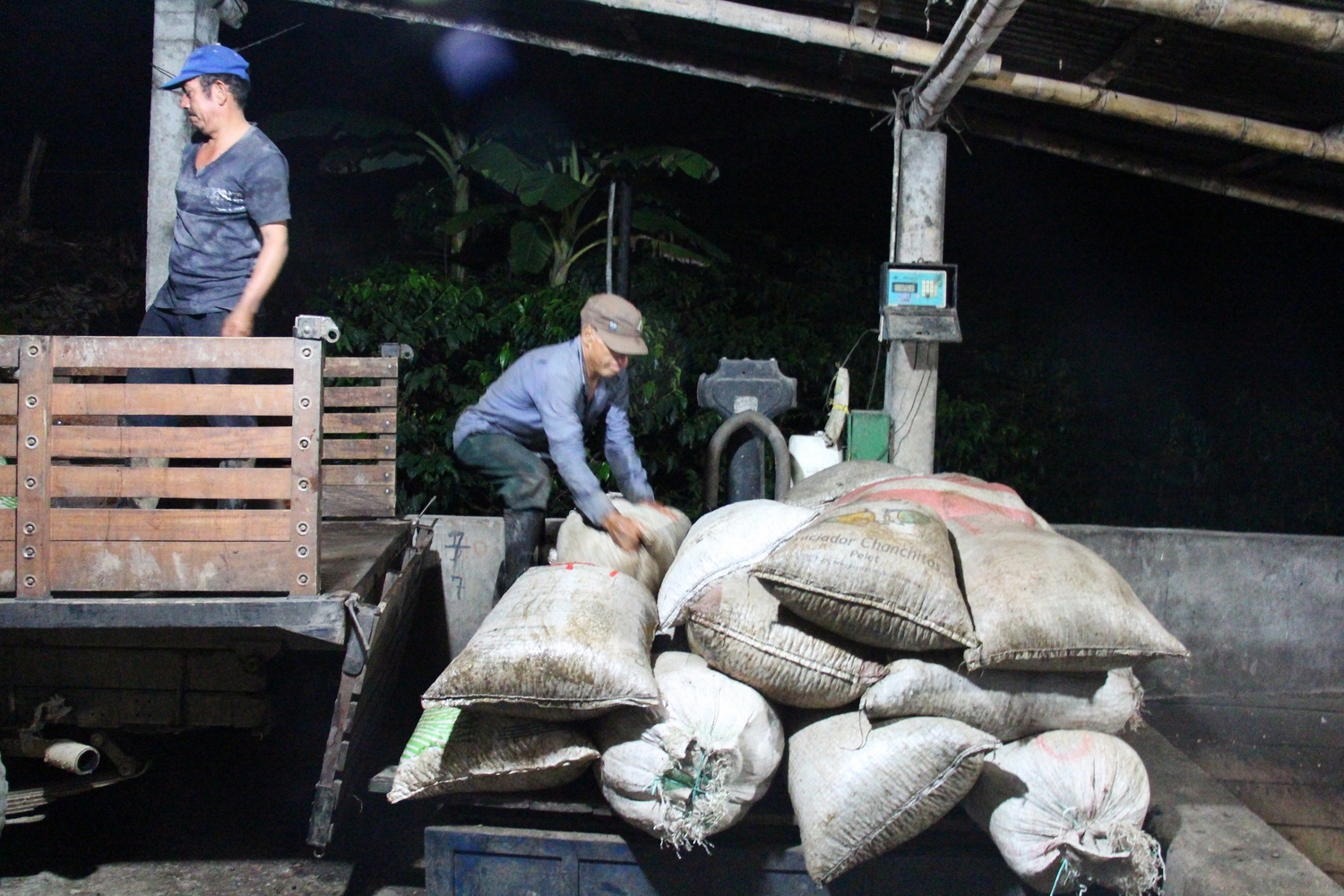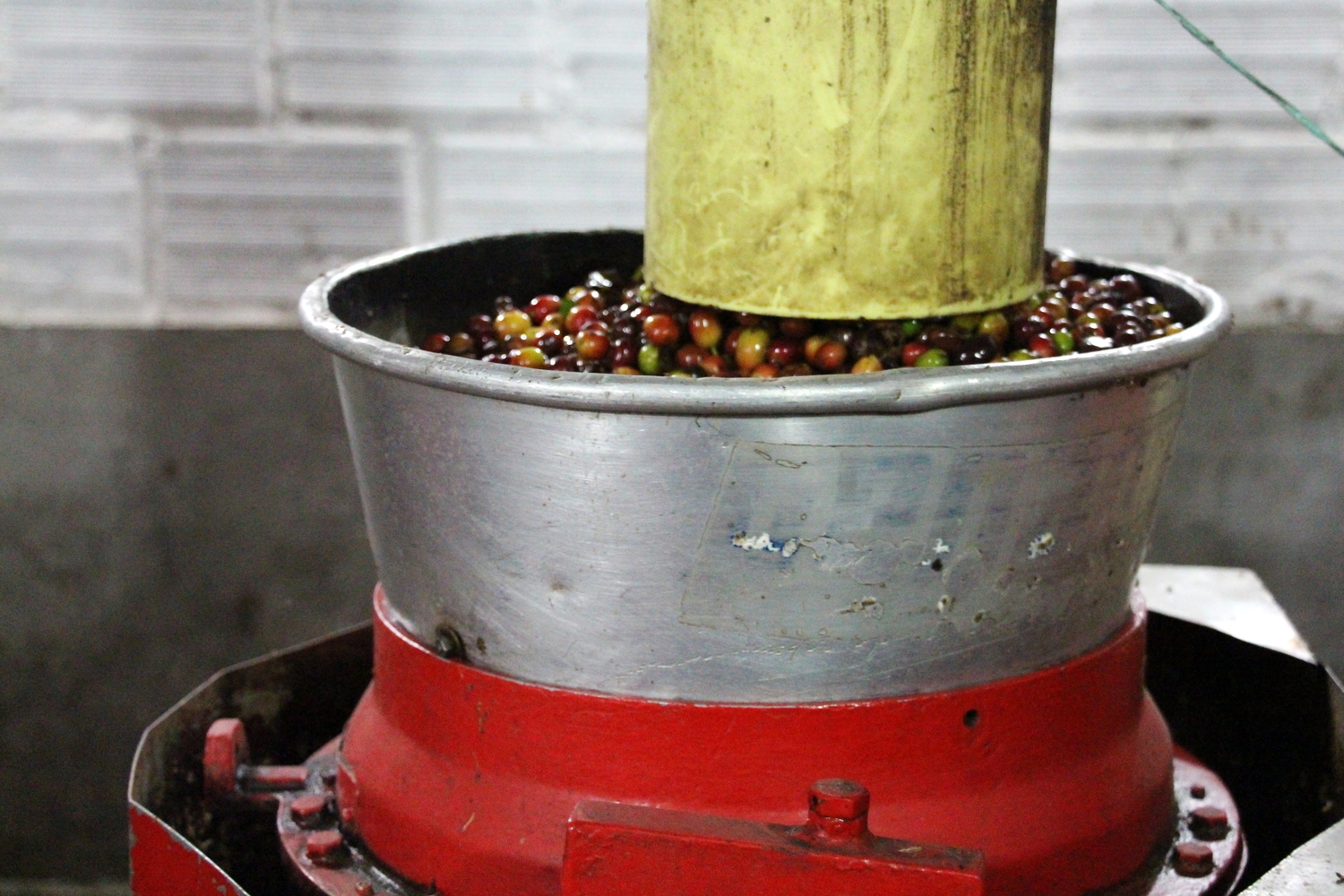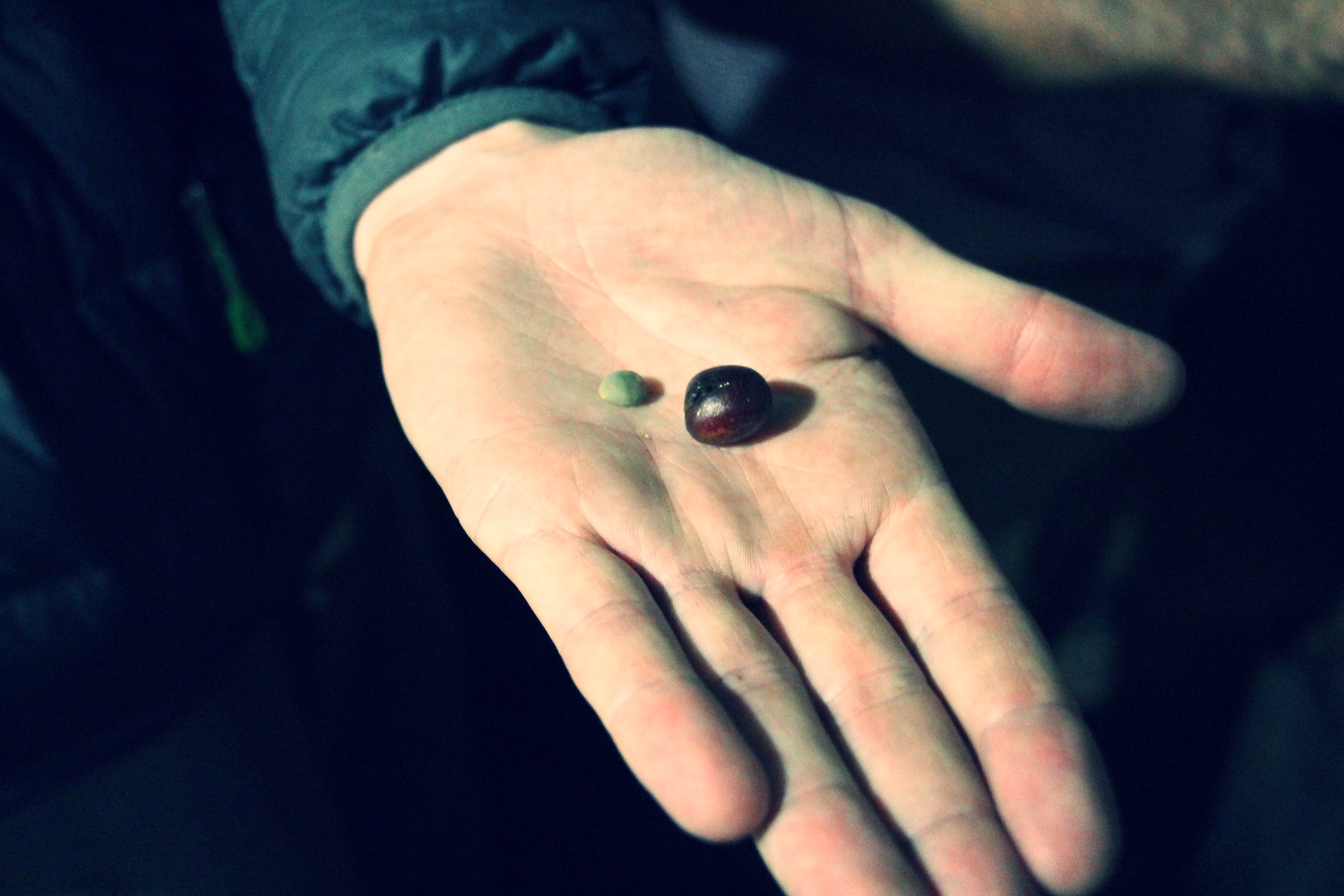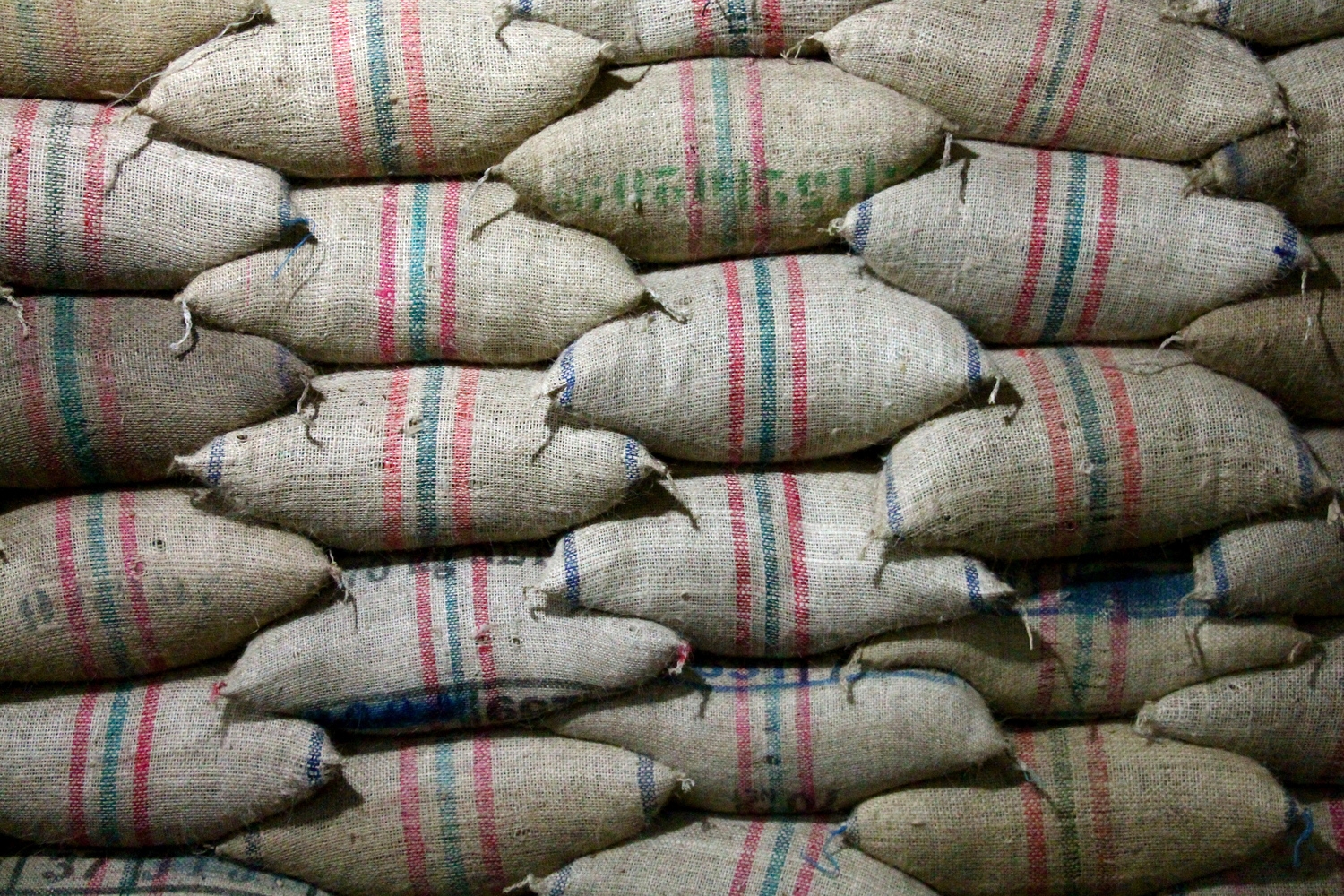The bus from Pereira to Manizales broke down. Then the bus from Manizales to Neira broke down. We were deep in Colombia’s interior coffee country and moving very, very slowly.
Eventually we made it to Neira, a small village in Colombia’s Caldas province, well off the beaten tourist trail that centers on Salento, further south. Neira is also home to Carlos, the mysterious man who had mistaken us for coffee buyers at the Medellin coffee fair some weeks earlier.
It was a lucky mistake. Carlos, an architect by training, is making a big push to promote specialty coffee production in the area, not something that farmers are always willing to try, he says.
This is Carlos’s definition of specialty coffee:
“Coffees that stand out for their diverse and recognizable attributes, for which people are willing to pay a premium”
We dropped our bags in Casabuena, an excellent guesthouse run by Carlos’s sister, and over lunch of beans and chicharron (fried pork belly) were introduced to Don Rafael, a wizened coffee farmer with 90 hectares of plantation.
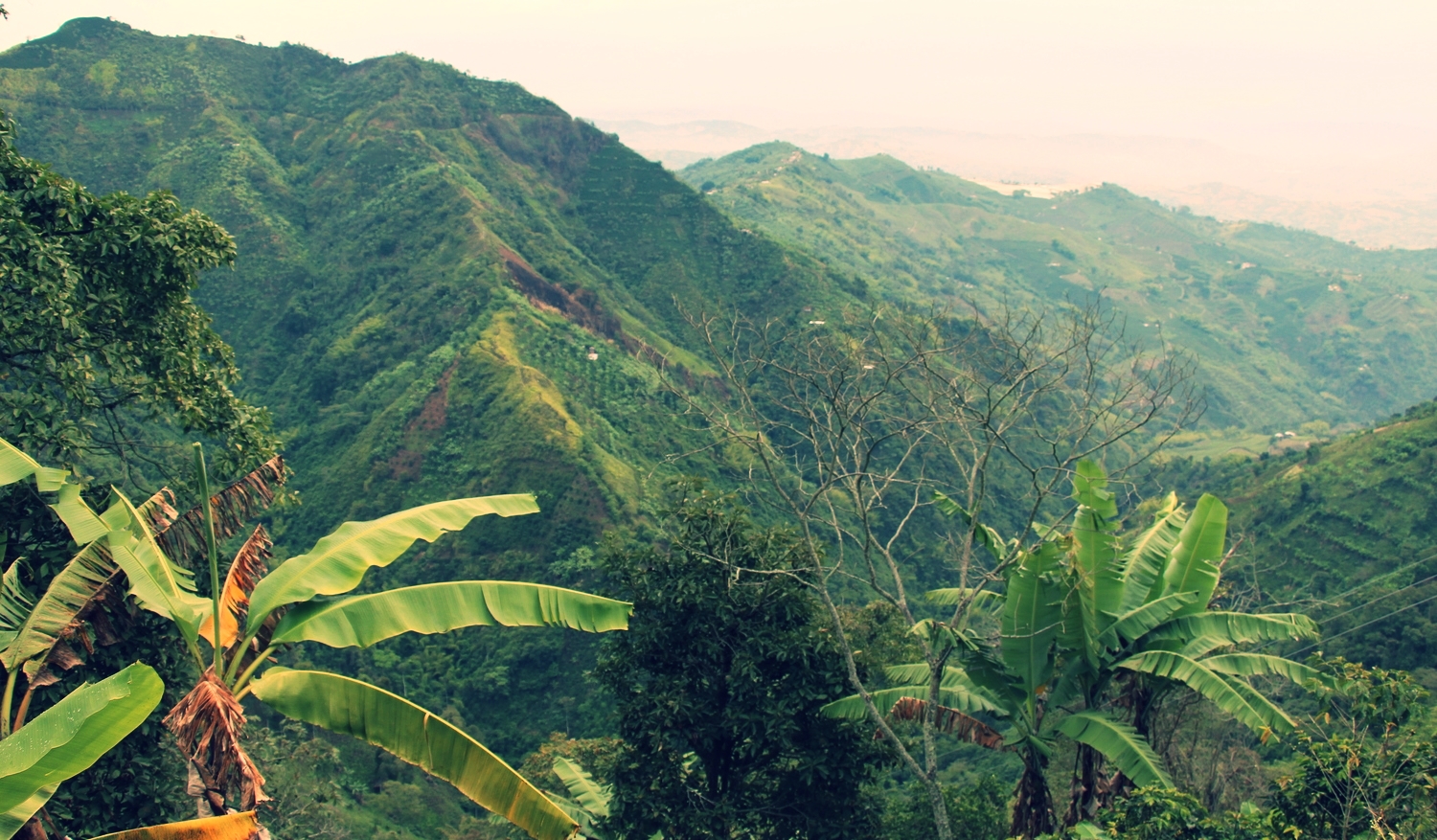

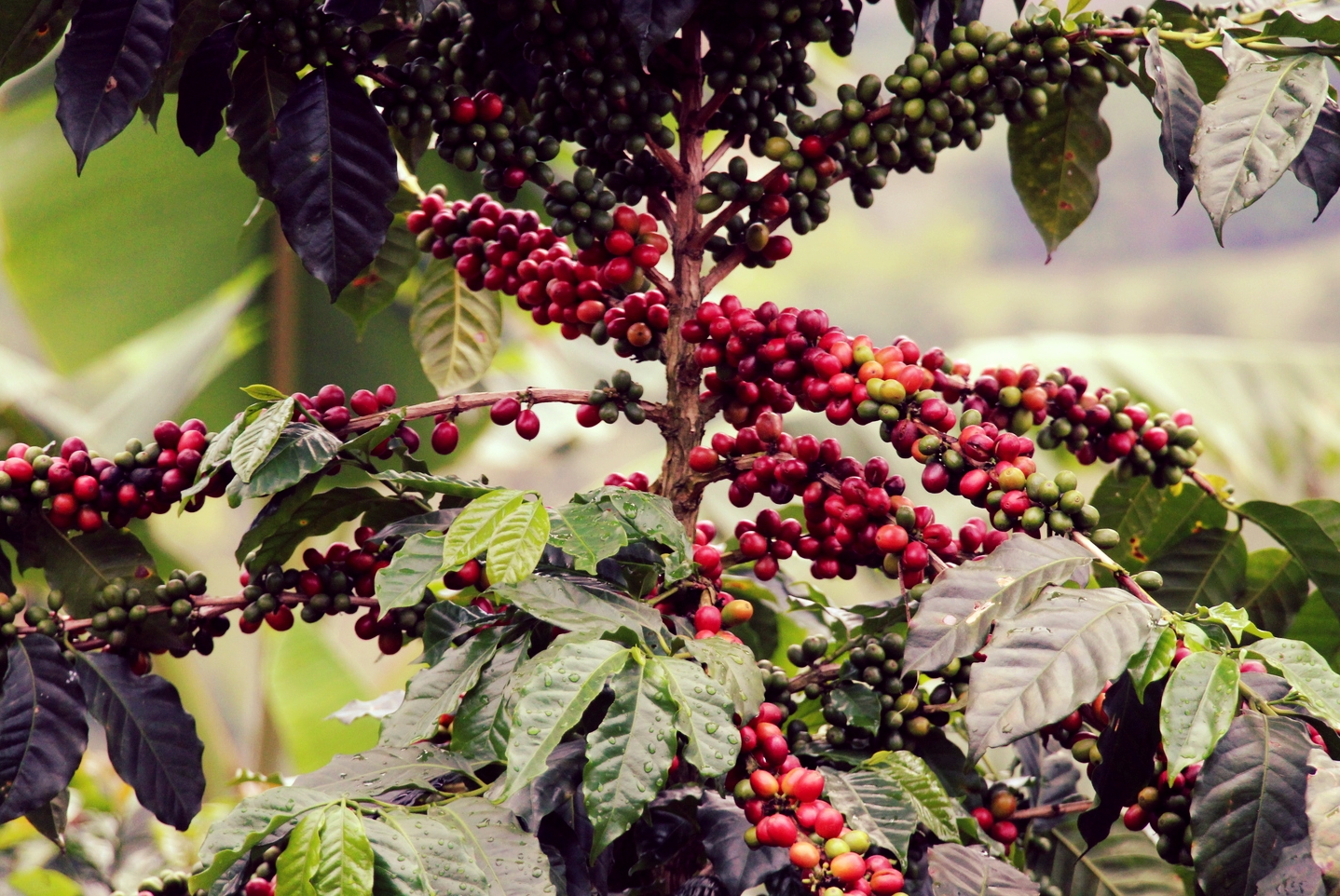
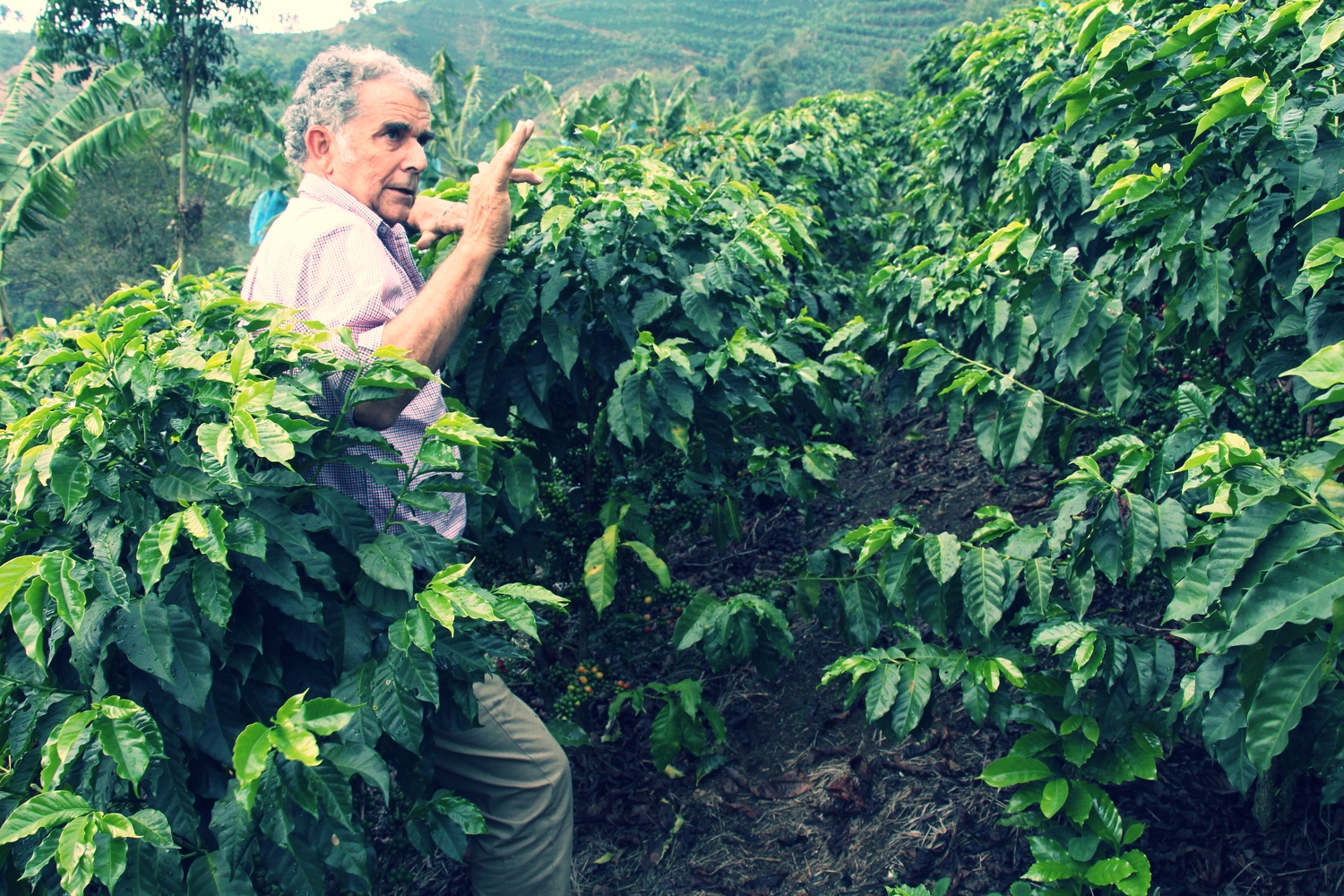
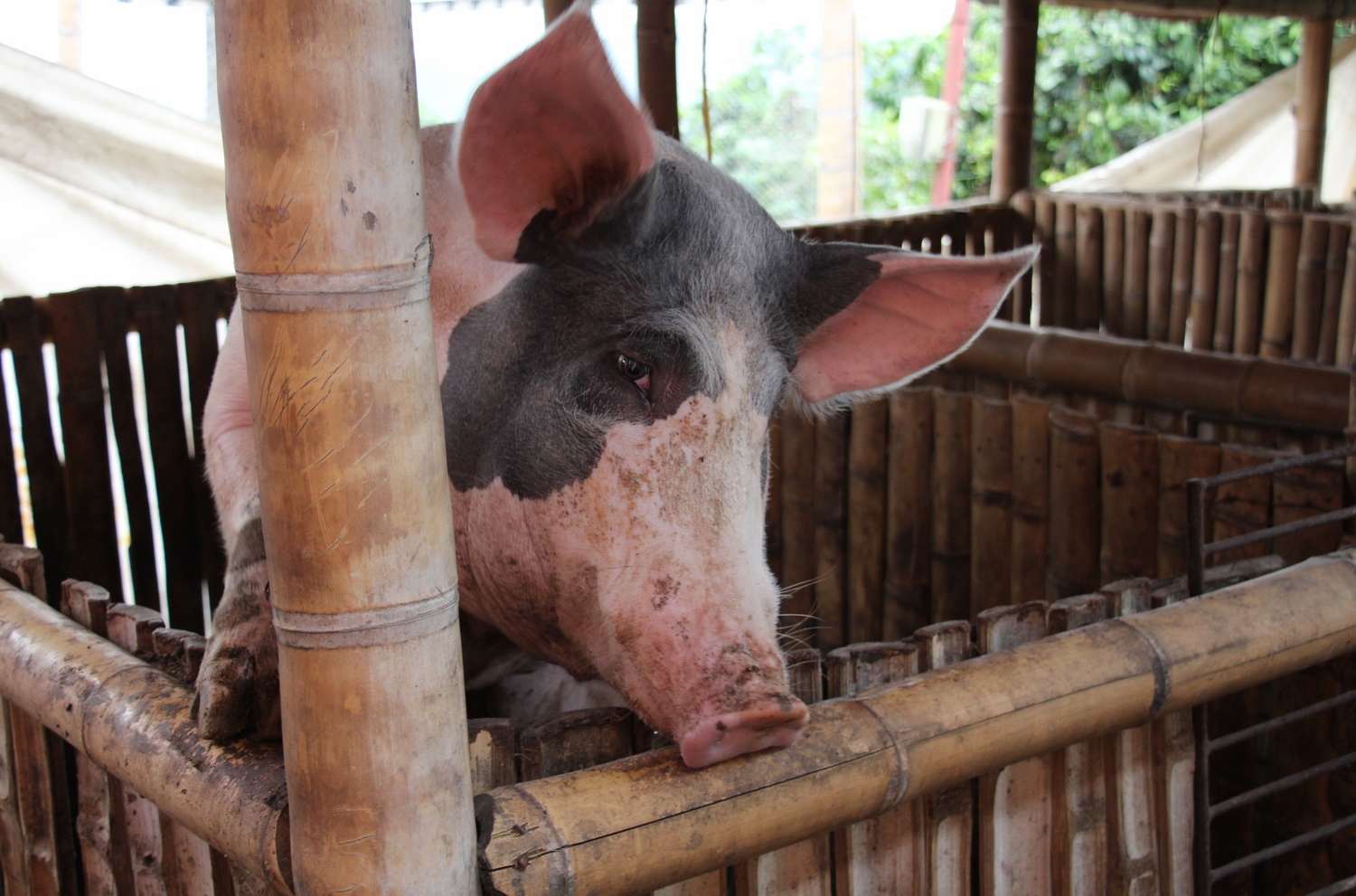
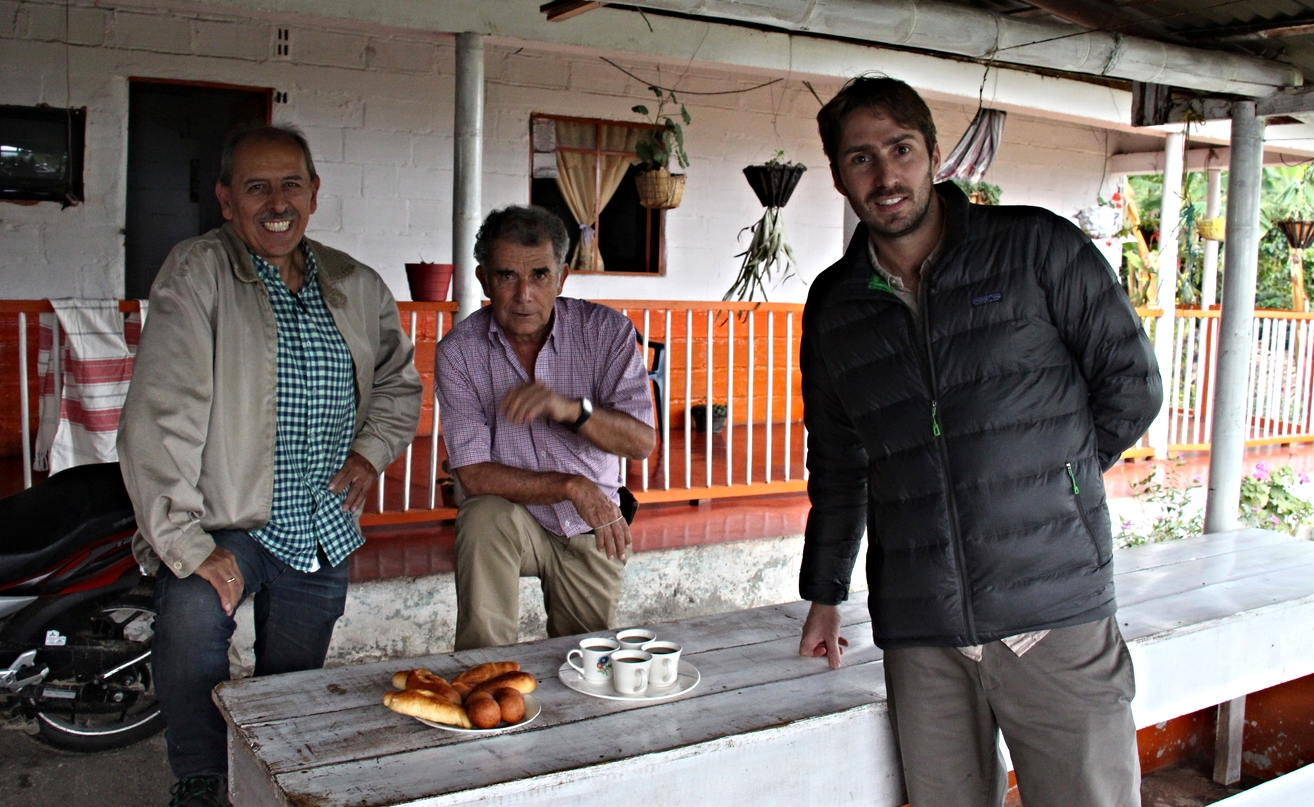
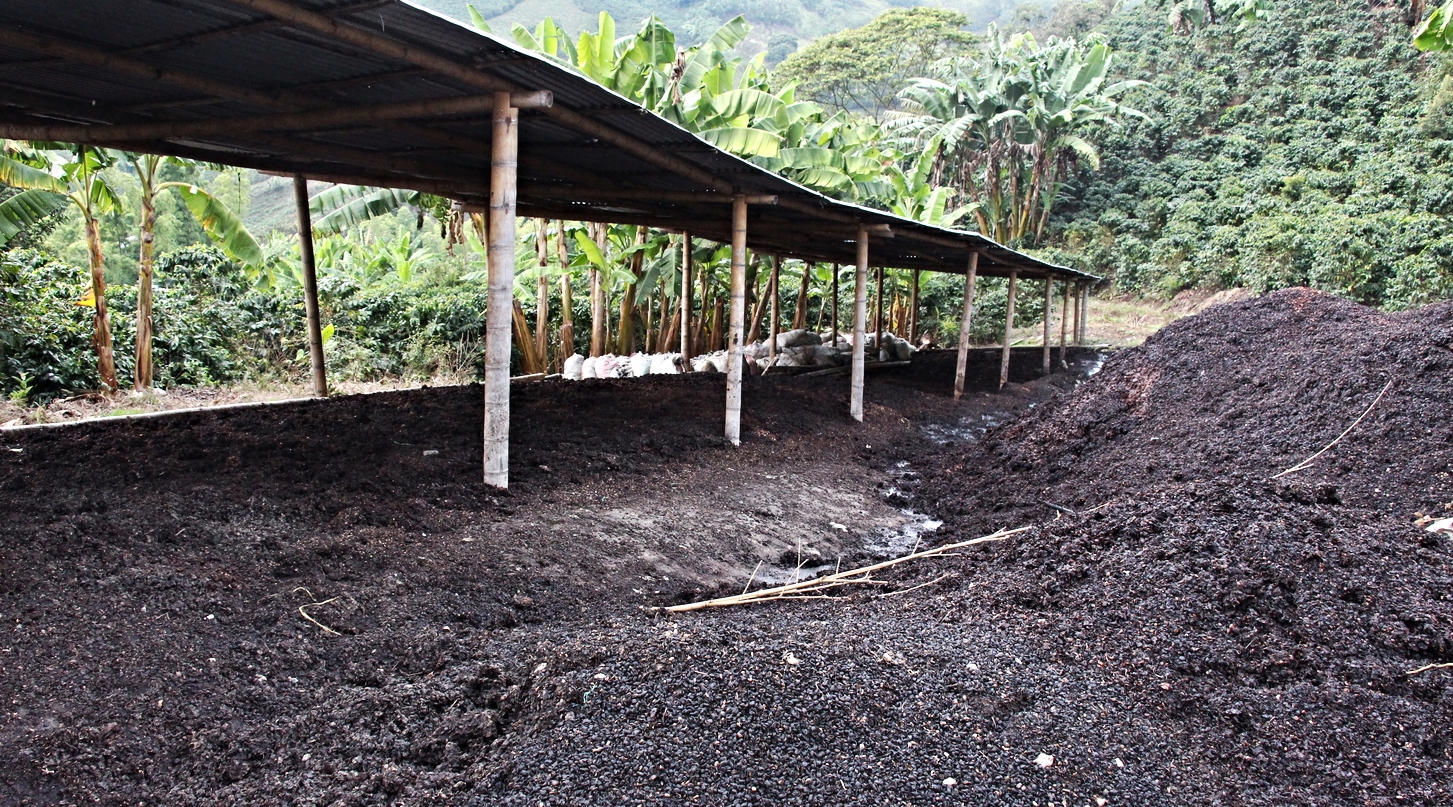
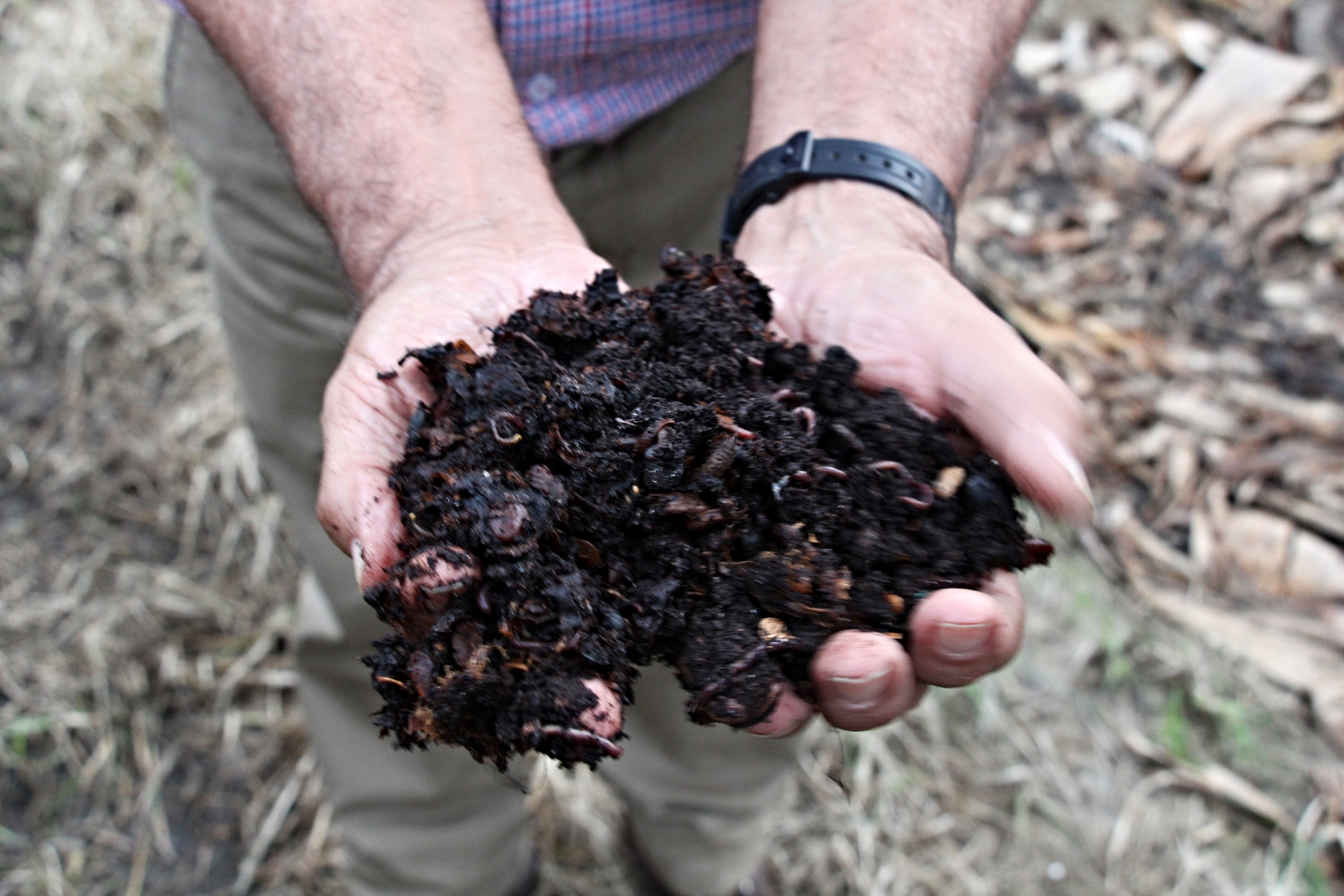
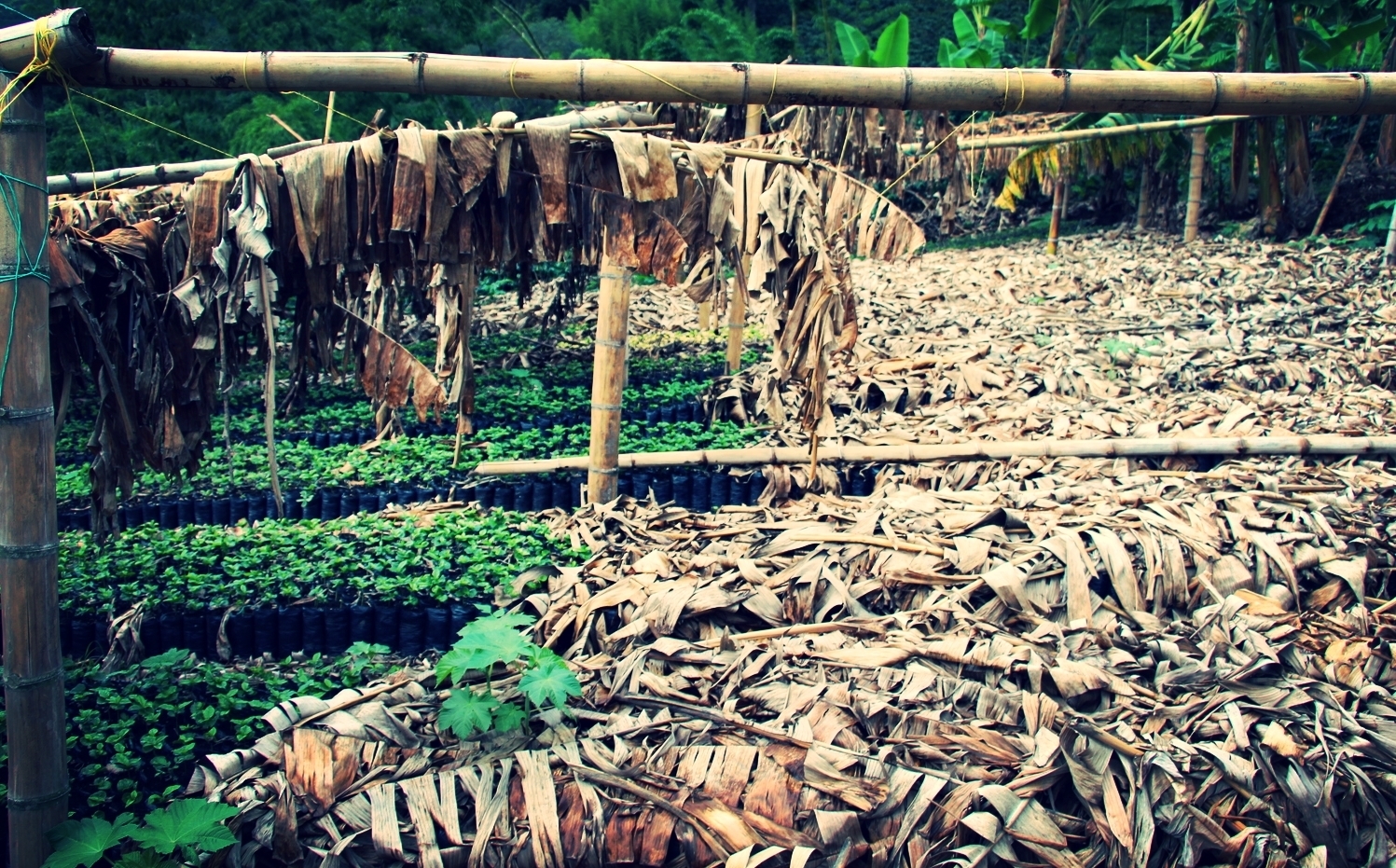
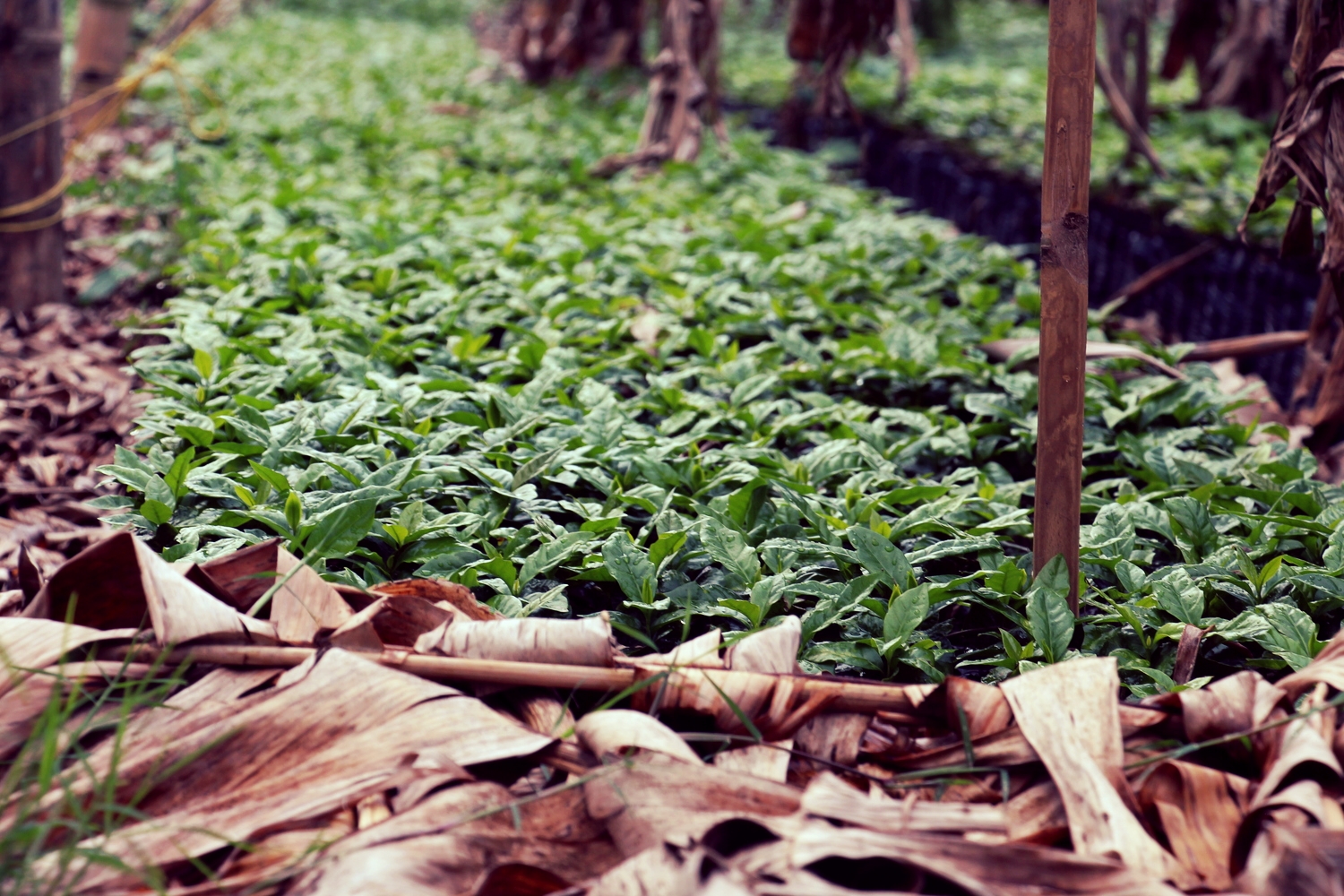
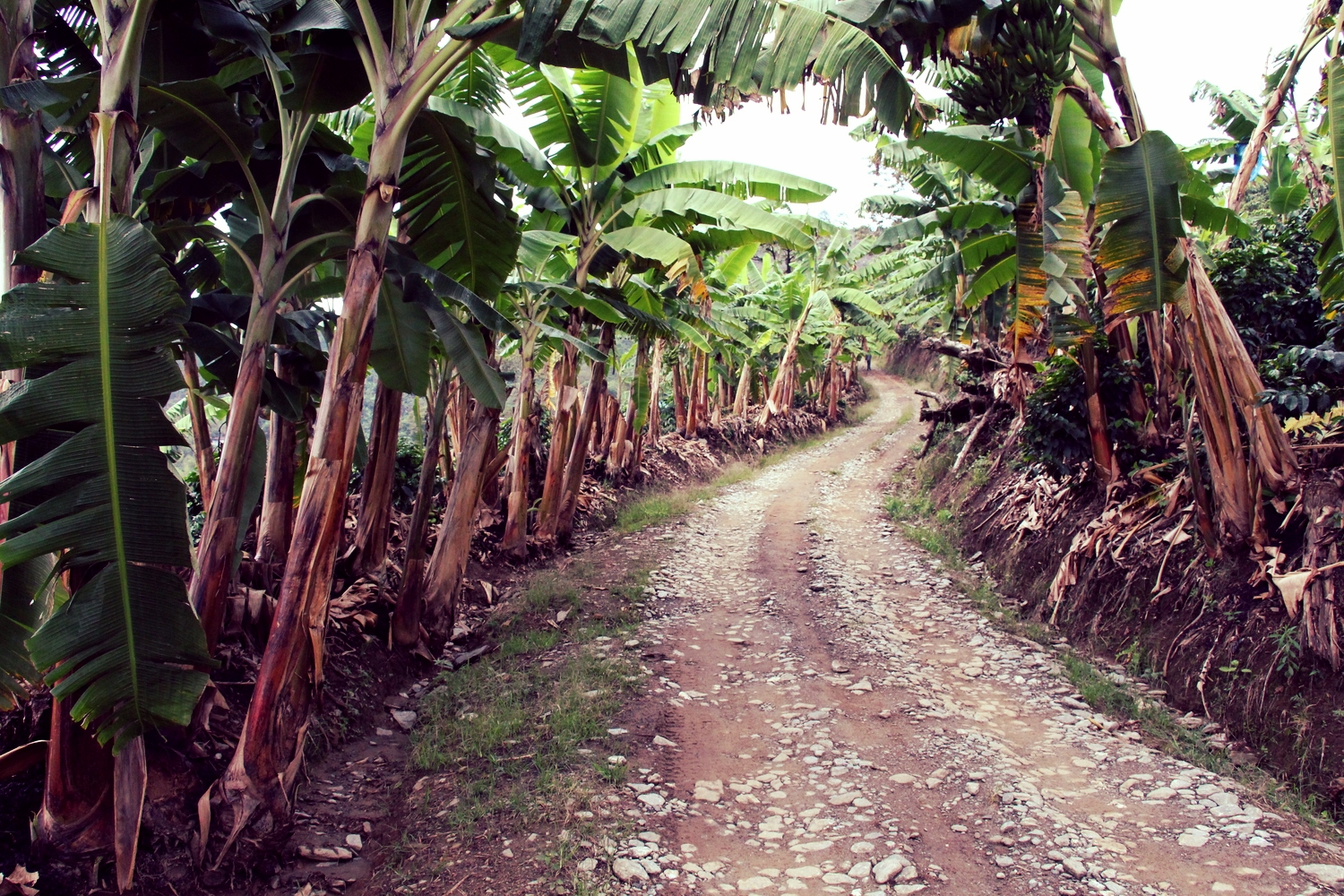
After lunch we jumped in his pickup and hit the road, leaving Neira along a series of windy roads, gradually going higher and higher into the Andes. Coffee in Colombia is still mainly picked by hand for a reason -- the incredibly steep slopes are not machine friendly.
Along the way we met some coffee pickers, travelling workers that roam across Colombia following the harvest. It’s definitely hard work, although they appeared to be well looked after on the Don’s farm.
We stopped at one of the pickers’ houses and were greeted by ginormous pigs, a business run by local women. Next door was a coffee nursery. In the Don’s view, if you want to know your plants, you have to grow them yourself. From seeds you’ve collected, not bought. There’s a big debate in Colombia at the moment over the merits of the Caturra coffee variety versus the more disease resistant Castillo which the coffee federation is promoting (to be discussed in a future blog).
Coffee processing
In the farmyard, we were then shown how the coffee cherries are processed on a plantation of this size (it’s different on smaller farms). In short, the cherries are emptied into a large vat that feeds into a machine below. The machine removes the skins and a layer of white mucous that surrounds the bean. The coffee is then dried by hot air and at this stage is known as coffee pergamino (parchment coffee).
It’s then taken to one of several mills in the area where the layer of yellow parchment that surrounds each bean is removed. The product in front of you now is known as ‘green coffee’, ready for exporting and roasting.
Many thanks to Carlos and Rafael for the excellent tour. We’ll be back!
